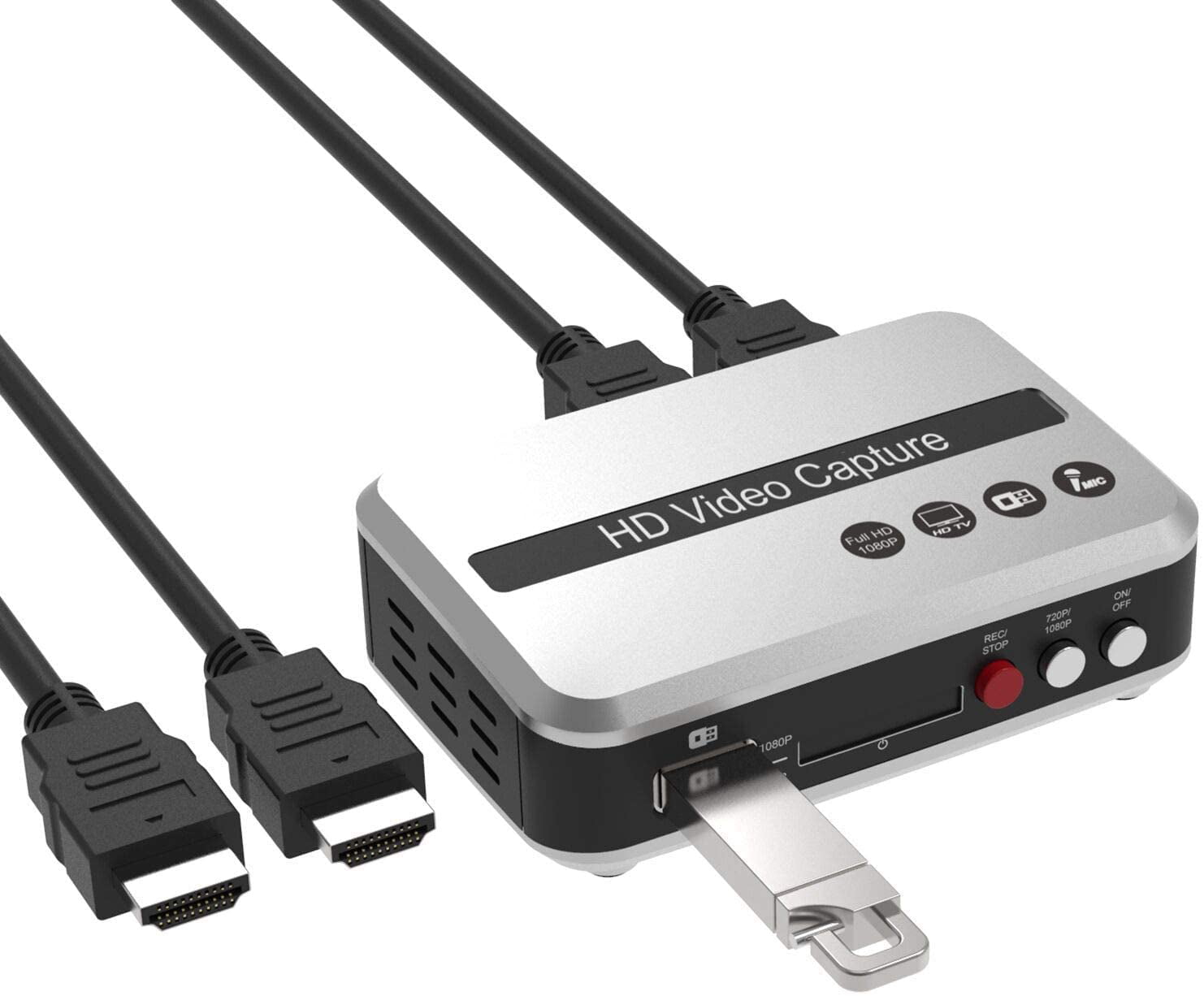


Still, Microsoft has shown interest in this space recently.ĭuring Meta Connect 2022, Microsoft CEO Satya Nadella joined Mark Zuckerberg to confirm that Xbox Cloud Gaming is coming to Meta Quest 2 and Meta Quest Pro (formerly Project Cambria). LinkedIn profiles show at least 25 Microsoft mixed-reality employees left for Meta in 2021, including several multi-decade veterans. If this was the pivot though, it wouldn’t explain why it’s had trouble retaining specialist staff. That range has so far been focused on business use, including commercial contracts with the US army.

The intent might be developing a more affordable consumer-friendly VR headset, rather than the pricey HoloLens. On the other hand, with a greater interest in consumer VR and the metaverse (something mentioned as part of its acquisition of Activision Blizzard for $67.4 billion), it could also be that the company is changing direction. However, it was also reported last month that Microsoft has scrapped the development of HoloLens 3, leaving its future commitment to VR in doubt. It’s not even designed to fully immerse you in virtual reality, either, as it’s a mixed-reality experience that relies heavily on AR: augmented reality. However, the latter is astonishingly expensive, with HoloLens 2 starting at $3,500, making it unviable for consumer gaming. Microsoft has also collaborated with Valve and HP in designing the HP Reverb G2 VR headset, and it also released its own mixed reality headset, the HoloLens. It might have been feasible for that technology to be implemented with VR, similar to Sony adapted its PlayStation Move controllers and the PlayStation Camera for its original PSVR headset. The Kinect made for Xbox 360 used RGB cameras and infrared detectors for motion-sensing inputs without a controller, which it also (albeit unsuccessfully) added to Xbox One. While Microsoft hasn’t officially announced that its making a VR headset for Xbox consoles, it’s been involved with the technology in various ways.


 0 kommentar(er)
0 kommentar(er)
